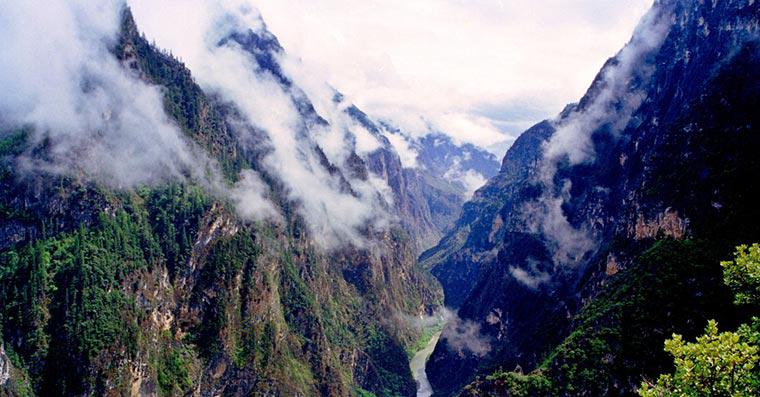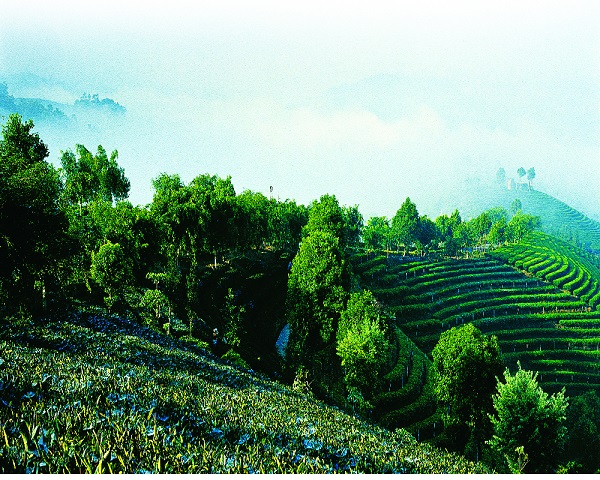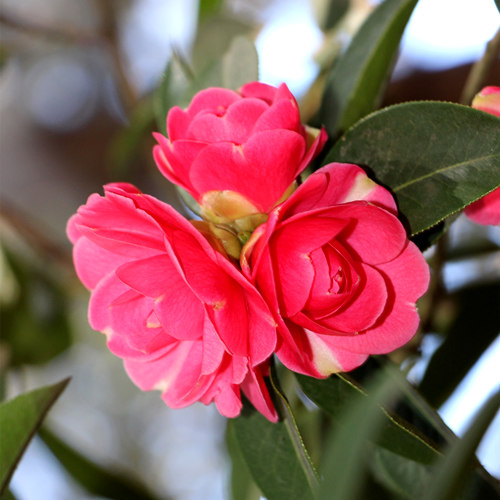
Detailed Introduction to Mengla County of Xishuangbanna Prefecture
1. Overview
Menglà County occupies the southeastern corner of Xishuangbanna, bordering Laos’s Phongsaly Province to the south and east, and Myanmar’s Shan State to the west. Covering about 4,560 km² with a population of roughly 190,000, Menglà is the most remote of the prefecture’s counties, yet serves as a vital cross-border conduit for trade, culture, and biodiversity conservation. Its county seat is the town of Menglà Town (勐腊镇).
2. Geography & Climate
Topography:
Terrain ranges from 400 m in low river valleys up to 1,800 m on forested ridges.
Landscapes include karst hills, tropical river basins, evergreen rainforests, and scattered tea terraces.
Hydrology:
The prominent Nanla River (a tributary of the Mekong) carves deep gorges and nourishes valley agriculture.
Climate:
Classified as tropical monsoon (Köppen Am), with a long wet season (May–October) and a short dry season (November–April).
Average annual temperature: ~22.0 °C
Annual rainfall: ~1,600–1,900 mm
Frost-free days: ~360 per year
3. Administrative Divisions & Population
Towns (5): Menglà Town, Nongdao, Bawu, Mengwang, and Mengkuang.
Townships (2): Xienglong and Nansa.
Ethnic Townships (2): Shangyong Hani & Yao, and Dashan Bulang.
Population: ~190,000, of which over 70% are ethnic minorities (Dai, Hani, Bulang, Yao, Lahu, Wa, and Han).
4. Ethnic Composition & Culture
Dai: Maintain traditional stilt-houses, Theravāda Buddhist temples, and water-splashing festivals.
Hani & Bulang: Renowned tea-growers; their mountain hamlets feature ancient tea trees and unique wooden long-houses.
Yao: Uphold distinctive silver jewelry, batik textiles, and “Panwang” ancestor rituals.
Lahu & Wa: Live in upland villages practicing shifting-cultivation customs and harvest dances.
5. Economy & Key Industries
Cross-Border Trade:
Nongdao Port links directly to Laos’s Muang Sing and onward to northern Laos markets.
Tea Cultivation:
Menglà Tea—especially wild—forms part of the famed Xishuangbanna pu-erh supply chain.
Rubber Plantations:
Expanding at mid-elevations, though now balanced with forest conservation programs.
Eco-Tourism & Forestry:
Community lodges in forest reserves, bird-watching trails, and botanical research stations.
6. Festivals & Traditions
Water-Splashing Festival (Dai): Celebrated mid-April with temple processions and county-wide water fights.
Angmatu (Hani New Year): Late December harvest ceremony featuring singing, straw huts, and ritual dances.
Panwang Festival (Yao): Autumn ancestor-worship festival with bull-racing and bamboo music.
Harvest Song-Dances (Lahu & Wa): Village gatherings to thank the mountain spirits.
7. Key Attractions
Nongdao Border Town & Wetland Park
– Gateway for Lao–China trade; its restored wetlands host migratory waterfowl.
Menglà Ancient Tea-Tree Reserve
– Scenic trails through groves of centuries-old Camellia sinensis trees.
Dashan Bulang Village
– Living museum of Bulang wooden architecture, tea-processing, and folk ceremonies.
Nanla River Gorge
– Dramatic canyon with eco-rafting excursions and riverside stilt-villages.
Xienglong Karst Scenic Corridor
– Limestone towers, hidden caves, and panoramic mountaintop viewpoints.
8. Transportation & Access
Road: Provincial Highway S214 connects Menglà to Jinghong (≈4 hrs) via Menghai; county roads serve all towns.
Border Crossing:
Nongdao–Muang Sing informal crossing for local residents and traders.
Air & Rail: Nearest airport and high-speed rail in Jinghong; plans for improved shuttle-bus links.
9. Ecological & Sustainable Development
Forest-Conservation Initiatives: Reforestation projects on former rubber plots; wildlife corridors for Asian elephants and gibbons.
Community Forestry: Ethnic villages manage communal forest plots under government-backed stewardship agreements.
Organic Tea Certification: Pilot programs to raise tea quality and protect soil health.
10. Conclusion
Menglà County stands at the crossroads of three countries, where tropical forests, tea mountains, and ethnic frontier cultures intersect. Its strategic border towns, ancient tea heritage, and pristine river gorges make it a uniquely dynamic yet unspoiled region—ideal for th



